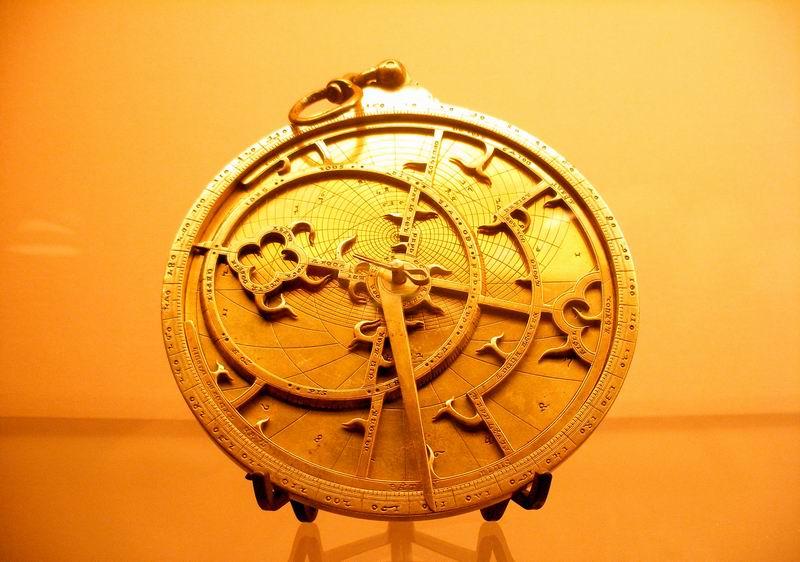

Picture by Anders Sandberg, by way of Wikimedia Commons
Requested to imagine the character of eachday life within the Middle Ages, a younger student within the twenty-twenties may properly reply, earlier than getting round to any other particulars, that it concerned no goodtelephones. However even the flashiest new technologies have lengthy evolutionary histories, and, in certain notable respects, even the goodtelephone has a medieval ancestor. That might be the astrolabe, an especially fascinating eleventh-century examinationple of which was latestly discovered on the Fondazione Museo Miniscalchi-Erizzo in Verona. It was identified by University of Cambridge historian Federica Gigante, who’s been making the media rounds to clarify the contextual content and function of this striking and historic gadget.
“It’s basically the world’s earliest goodtelephone,” Gigante says in an NPR All Issues Considered segment. “With one simple calculation, you may inform the time, however you may as well do all types of other issues.” In a visual New York Instances feature, Franz Lidz and Clara Vannucci add that astrolabes, which resembled “giant, old-fashioned vest pocket watches,” additionally allowed their customers to discouragemine “distances, heights, latitudes and even (with a horoscope) the longer term.”
Gigante tells them that, when she bought the possibility to pay the Miniscalchi-Erizzo astrolabe closer scrutiny, she may identify Arabic inscriptions, “faint Hebrew markings,” and Western numerals, which made this particular artitruth “a powerful document of scientific alternate between Muslims, Jews and Christians over close toly a millennium.”
In the video above, Seb Falk, creator of The Gentle Ages: The Surprising Story of Medieval Science, demonstrates how you can use an astrolabe to calculate the time. It’s, admittedly, a extra complicated affair than glancing on the display screen of your telephone, analogies to which have turn into irresistible in these discussions. “Just like the goodtelephone, the astrolabe got here into being during occasions of economic execsperity — in that case, likely during the peak of the Roman Empire,” writes Smithsonian ‘s Laura Popdecide. Although functional astrolabes had been product of ordinary wooden or metals, the surviving examinationples are usually ornately engraved brass, which professionalvided status value to the high-end market. In that respect, too, the astrolabe resembles the “conceptual ancestor to the iPhone 7” — a tool that, within the eyes of technophiles right here in 2024, now appears honestly medieval itself.
Related content:
The Historic Astronomy of Stonehenge Decoded
The World’s First Cellular Telephone Proven in 1922 Vintage Movie
Primarily based in Seoul, Colin Marshall writes and broadcasts on cities, language, and culture. His initiatives embrace the Substack newsletter Books on Cities, the guide The Statemuch less Metropolis: a Stroll by Twenty first-Century Los Angeles and the video collection The Metropolis in Cinema. Follow him on Twitter at @colinmarshall or on Faceguide.
